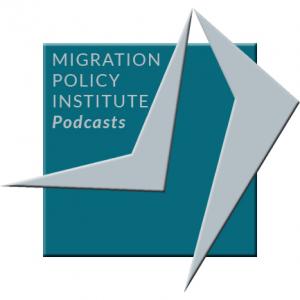
Migration Policy Institute Podcasts
Education

Using Supplementary School Funding to Improve the Educational Outcomes of Migrant-Background Students: A Transatlantic Comparison
 2016-06-23
2016-06-23
The educational needs of immigrant students in primary and secondary schools pose a growing challenge for policymakers and educators, whether in countries such as the United States, where nearly 10 percent of students are learning English, or in Germany, which is dealing with record numbers of asylum seekers. Many local schools lack the resources and capacities to meet the needs of these students, particularly given that many have limited or interrupted formal education, coupled with low or no proficiency in the language of instruction.
view more
Speakers on this webinar discuss the need for supplementary funding to support the educational needs of migrant-background students and provide an overview of the mechanics of school funding for migrant-background students in the four focal countries examined in the report. They also discuss how schools use those funds to provide specialized services, and highlight the most salient choices facing policymakers who seek to use supplementary funding mechanisms to better support effective, high-quality educational services for children from immigrant and refugee families.
More Episodes
E Pluribus Unum Prizes 2010 Awards Ceremony
 2010-05-18
2010-05-18
 2010-05-18
2010-05-18
Talent, Competitiveness, and Migration
 2009-10-28
2009-10-28
 2009-10-28
2009-10-28
Inaugural Nationwide Language Access Webinar
 2008-10-16
2008-10-16
 2008-10-16
2008-10-16
01234567891011121314151617
Create your
podcast in
minutes
- Full-featured podcast site
- Unlimited storage and bandwidth
- Comprehensive podcast stats
- Distribute to Apple Podcasts, Spotify, and more
- Make money with your podcast
It is Free
- Privacy Policy
- Cookie Policy
- Terms of Use
- Consent Preferences
- Copyright © 2015-2024 Podbean.com




